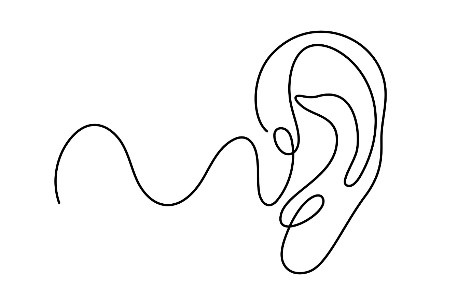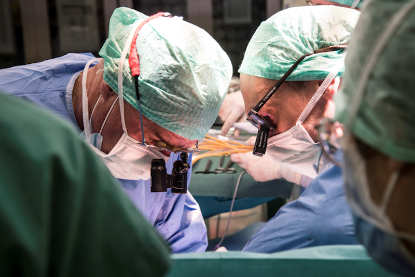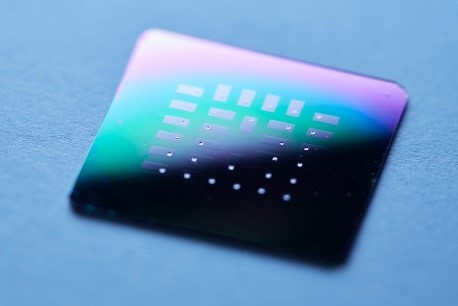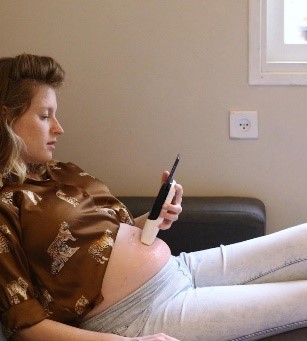Breakthroughs in health & medicine technologies are opening up opportunities to bring human a new life. Let's find out what are they.

The procedure, developed by 3DBio Therapeutics, is reportedly the first time that 3D-printed living tissue had been implanted into a human body.
The implant was used to treat microtia, a congenital ear deformity that can cause hearing loss. Doctors harvested cartilage cells from the patient’s affected ear and reproduced them in the lab, before mixing the cells into “bio ink” made of collagen. The material was then fed into a 3D printer that produced an implant that matched the patient’s other ear in shape and size. Standard implants typically require cartilage grafts from the ribs or plastic prostheses. 3DBio wants to use the technology for nasal defects, herniated discs, joint repair and breast reconstruction after cancer surgery.

Surgeons in Zurich rehabilitated an ailing liver and successfully transplanted it into a cancer patient.
The donated organ — deemed too unheathy for transplantation — was treated with drugs for three days in a perfusion machine, which mimics the body by circulating oxygenated blood and performing other vital functions. Surgeons at University of Zurich, ETH Zurich and University Hospital Zurich then transplanted the rehabilitated liver into a cancer patient, who is doing well a year later.

Engineers at MIT and the Technical University of Munich devised a thin fuel cell that could power medical implants by feeding off glucose in the body.
“Glucose is everywhere in the body, and the idea is to harvest this readily available energy and use it to power implantable devices,” said Philipp Simons, first author of a new study in Advanced Materials.
The MIT team used a ceramic electrolyte instead of more traditional polymers. Ceramic is able to separate out electrons even at very small scales and can withstand the high heat applied to medical devices to sterilize them. The fuel cell could be formed into a thin film that would power miniaturized implantable devices without taking up any room in the devices themselves.
How An At-Home Ultrasound Device Could Transform Pregnancy Around The World

Pulsenmore, an Israeli firm, has worked with that nation’s largest HMO to make an affordable, at-home fetal ultrasound system that enable thousands of patients do the ultrasound themselves.
The Pulsenmore’s at-home ultrasound combines similar to that used in traditional ultrasound systems found in hospitals but simplified and miniaturized for non-professional users. Pulsenmore’s mobile app shows pregnant women how to use the ultrasound cradle to perform scans, which are then automatically uploaded to the cloud and reviewed by clinicians of Israel’s Clalit Health Services. Results are sent back to the patient’s phone, and doctors follow up with a call if needed.
In Vietnam, the concept of telehealth solution remains new. However, with the development of new technologies like Pulsenmore's home ultrasound device, we can count on a future where health is guaranteed and life becomes easier.





